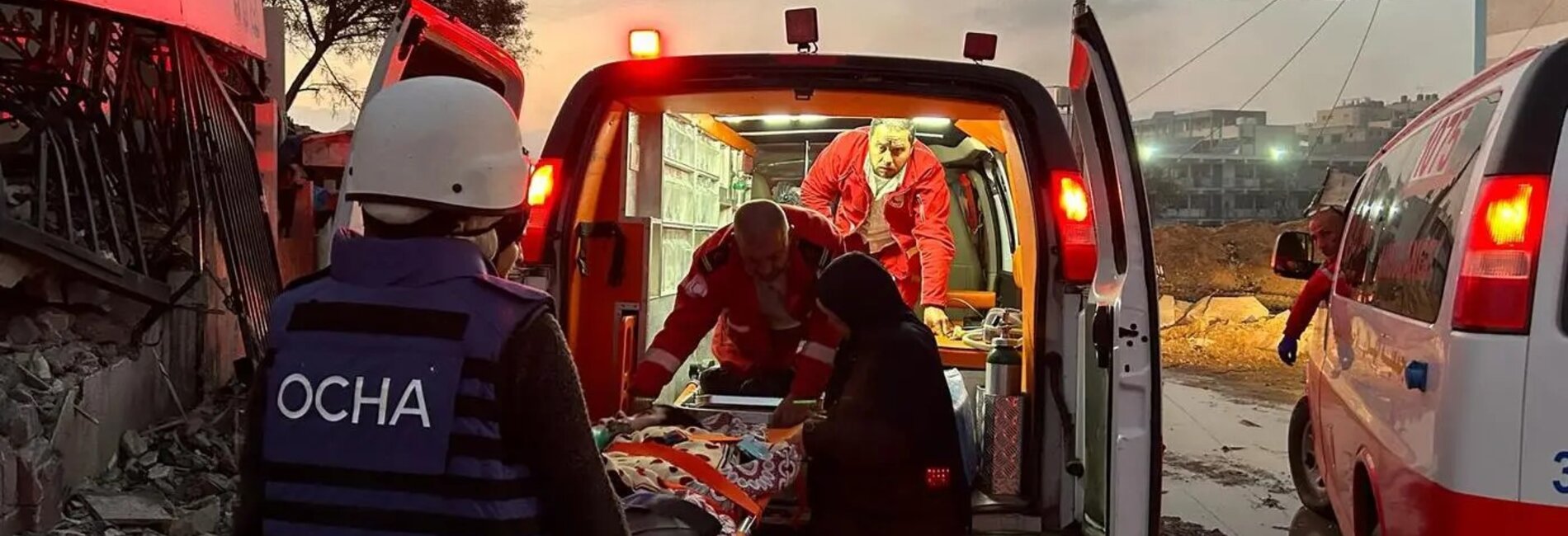Crisis Context and Impact
The Occupied Palestinian Territory faces a protracted political crisis, marked by decades of Israeli military occupation, non-compliance with international humanitarian and human rights law, and internal Palestinian divisions.
The Gaza Strip has been under an Israeli blockade of varying intensities since 2007 and has experienced recurrent escalations of hostilities between Israeli forces and Palestinian armed groups. The latest round of hostilities, which began in October 2023, has led to unprecedented levels of death, destruction, and suffering – tens of thousands of reported fatalities, hundreds of hostages taken from Israel, and repeated internal displacement of most Palestinians. Severe shortages of shelter, food, medical services, clean water, education, and access to livelihoods have compounded the crisis. Civilians there have faced conditions unfit for human survival, with no safe place to be in within the Gaza Strip or opportunities to flee outside, for much of the escalated hostilities’ duration. In 2023 and 2024, Gaza became the deadliest place worldwide for aid workers.
In the West Bank, humanitarian needs stem from a set of policies and practices, including Israel’s unilateral annexation of East Jerusalem and the further fragmentation of the remaining land into Areas A, B, C, H1, H2, and nature reserves, each imposing varying degrees of restrictions over the Palestinian authorities’ ability to provide services. Further unilateral measures by Israeli authorities – including the establishment of settlements and military bases, the creation of “seam zones” and “firing zones,” and the imposition of checkpoints and physical obstacles – further restrict Palestinian movement, safety and livelihoods. A restrictive and discriminatory planning regime in Area C and East Jerusalem prevents Palestinians from meeting basic housing, livelihood, and service needs. And other elements of a coercive environment, such as excessive use of force, demolitions, evictions, settlement expansion, and settler-related violence, continue to fuel insecurity, deny basic human rights, and heighten humanitarian needs. In 2025, tens of thousands of people were displaced from northern areas and typically prevented from returning amid large-scale operations carried out by Israeli forces, who have often used lethal, war-like tactics.
The humanitarian community has worked tirelessly to respond to the needs of Palestinians across the Occupied Palestinian Territory and alleviate their suffering. However, aid organizations face severe restrictions and increasingly dangerous conditions.










